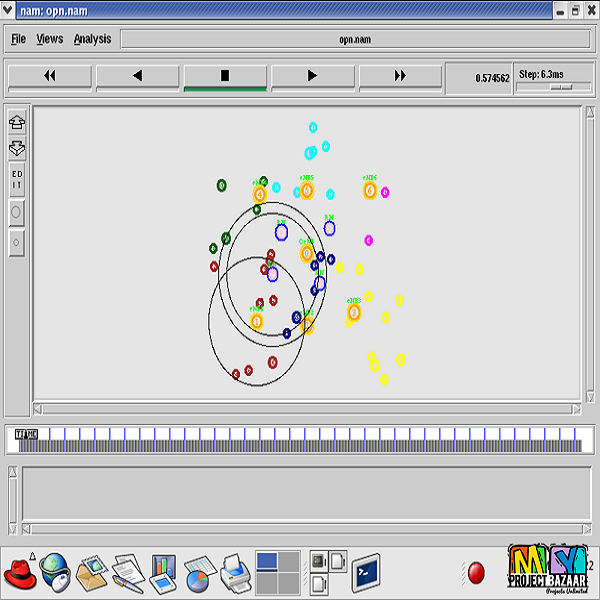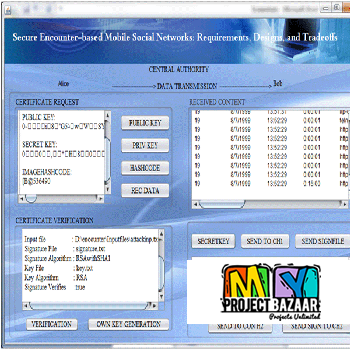
Uplink Energy-Delay Trade-Off under Optimized Relay Placement in Cellular Networks
Product Description
Uplink Energy-Delay Trade-Off under Optimized Relay Placement in Cellular Networks
Abstract— Relay nodes-enhanced architectures are deemed a viable solution to enhance coverage and capacity of nowadays cellular networks. Besides a number of desirable features, these architectures reduce the average distance between users and network nodes, thus allowing for battery savings for users transmitting on the uplink. In this paper, we investigate the extent of these savings, by optimizing relay nodes deployment in terms of uplink energy consumption per transmitted bit, while taking into account a minimum uplink average user delay that has to be guaranteed. A novel performance evaluation framework for uplink relay networks is first proposed to study this energy-delay trade-off. A simulated annealing is then run to find an optimized relay placement solution under a delay constraint; exterior penalty functions are used in order to deal with a difficult energy landscape, in particular when the constraint is tight. Finally, results show that relay nodes deployment consistently improve users uplink energy efficiency, under a wide range of traffic conditions and that relays are particularly efficient in non-uniform traffic scenarios. HETERO GENEOU S network deployments in modern cellular networks are regarded as a promising solution to meet the ever-increasing demand of wireless data and voice traffic. They consist of installing a number of low-power nodes, possibly of different types (e.g., femtocells, Relay Nodes (RNs), etc.), inside the coverage area of macro base stations < final year projects >
Including Packages
Our Specialization
Support Service
Statistical Report

satisfied customers
3,589
Freelance projects
983
sales on Site
11,021
developers
175+Additional Information
| Domains | |
|---|---|
| Programming Language |
















